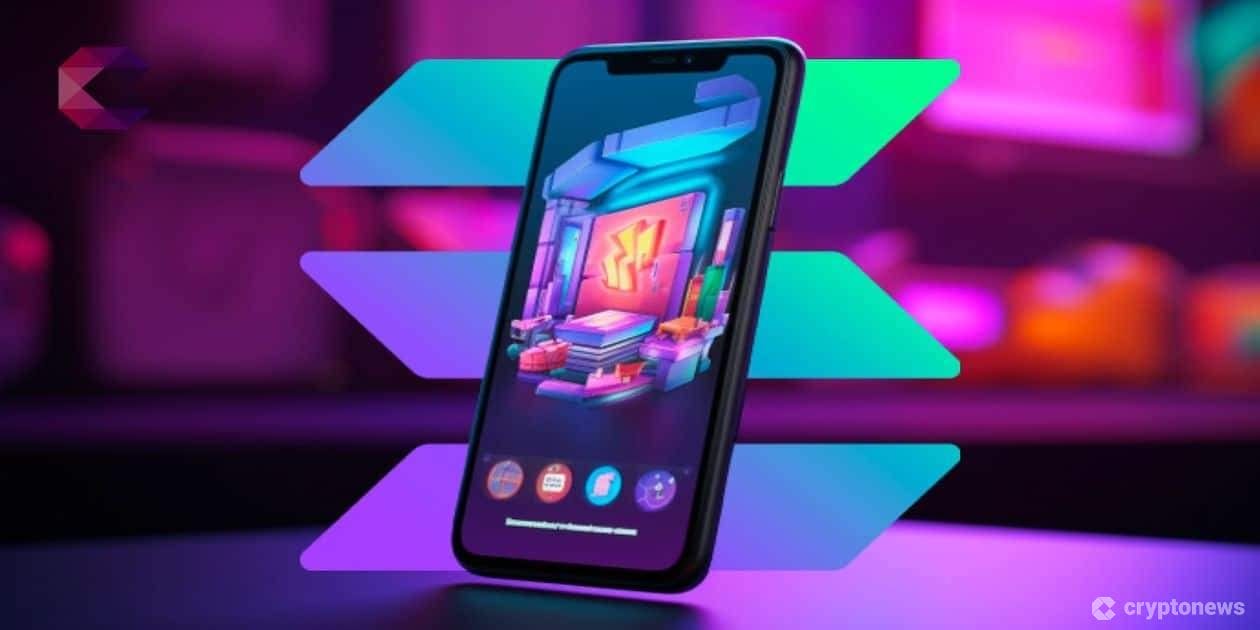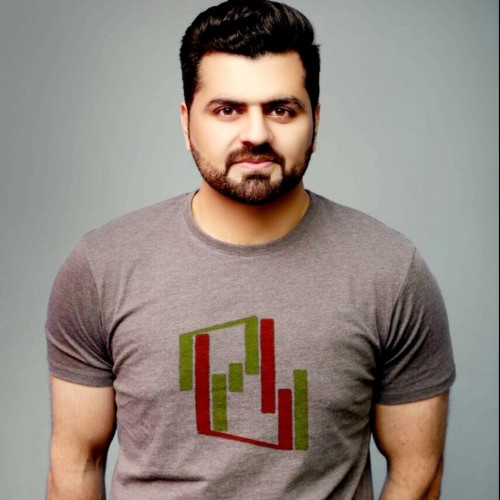Last updated:
 Why Trust Cryptonews
Why Trust Cryptonews

Solana has officially introduced its latest smartphone, named “Seeker,” which the company touts as a significant leap forward for Web3 mobile technology.
Priced at roughly half the cost of its predecessor, Seeker aims to attract users with enhanced features and a broader appeal beyond just memecoin enthusiasts.
“It’s the definitive web3 mobile device, designed to harmonize hardware & software,” Solana said in a recent post on X.
Saga Gained Traction After Surge in BONK
The earlier model, Saga, launched in May last year, struggled to gain traction initially.
It was met with lukewarm reviews from both tech critics and crypto users.
However, the device unexpectedly gained popularity in December following a 1,000% surge in the value of a memecoin called Bonk (BONK), which led to a complete sell-out of the device by mid-December.
In response, Solana is looking to replicate some of that success with Seeker, targeting approximately 140,000 users who have pre-ordered the device, paying between $450 and $500.
The company promises them access to a range of rewards, though it insists that Seeker will offer much more than just the chance to capitalize on memecoin trends.
“We founded Solana Mobile with the mission of taking crypto mobile,” said Solana Co-Founder and Solana Labs CEO Anatoly Yakovenko.
“To achieve that, we needed to make Seeker more accessible, more affordable, and for its hardware and software to be even more deeply integrated for web3.”
One of the key features of Seeker is its upgraded decentralized app (DApp) store, which aims to give developers a platform to quickly launch new applications.
However, the new model’s hardware upgrades are also intended to attract buyers.
The original Saga received criticism for its technical limitations compared to mainstream devices like the iPhone or Google Pixel.
Now, Seeker would come with a higher-quality screen, improved cameras, and a better battery, making it “lighter, brighter, and better” than its predecessor.
Seeker Users Might Get Around $265 Worth of Airdrops
As the Seeker aims to move beyond the “memecoin phone” label, those hoping for substantial rewards may need to temper their expectations.
According to Solana’s mobile airdrop tracker, TwoLoot, the current value of tokens airdropped to Seeker users is around $265, significantly lower than the $1,350 worth of rewards distributed to Saga users.
Despite this, Solana argues that Seeker’s main selling point is its potential to provide users with a wide range of crypto-integrated experiences.
For instance, the device’s zero-fee App Store as a unique feature that could foster crypto-friendly innovation in a way that traditional app stores, constrained by Apple and Google policies, cannot.
As of now, token launchpads like the memecoin deployer pump.fun would struggle to operate under the current App Store guidelines, which require developers to give up a 30% cut of any token sales and navigate a complex review process.
Instead, Seeker would become a hub for token launchpads and other Web3 applications.
The device will feature integrations to support Decentralized Physical Infrastructure Network (DePIN) apps, such as Helium and Infield, further cementing its position as a pioneering tool in the Web3 space.




















